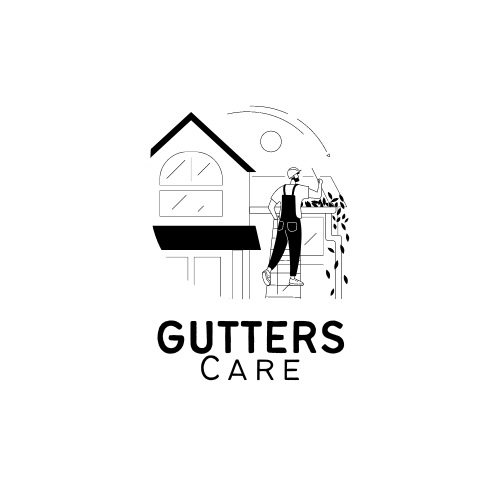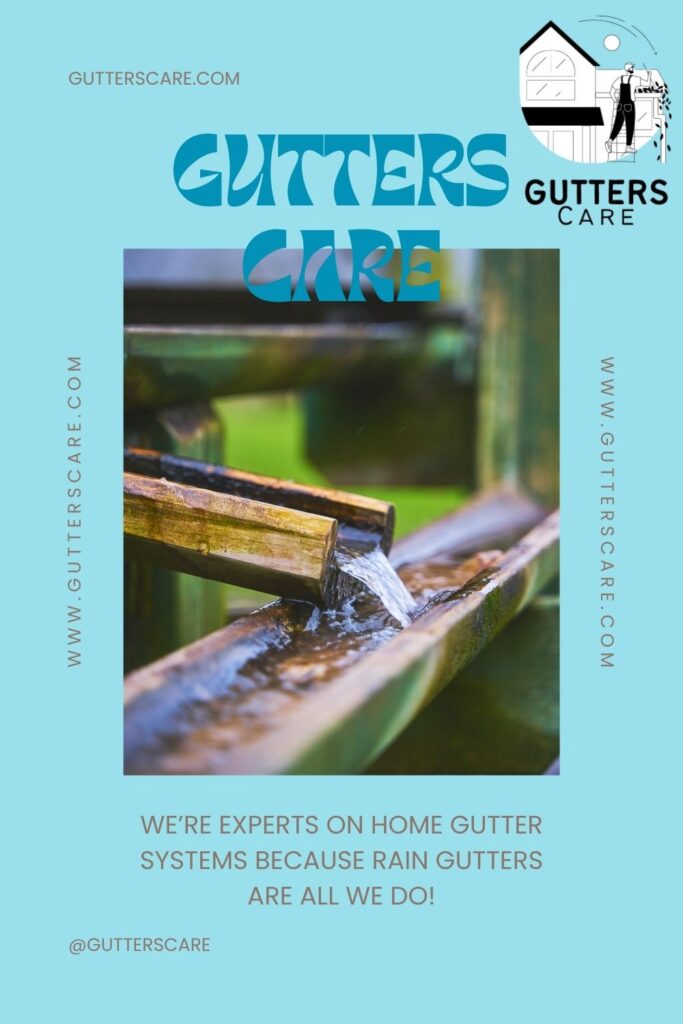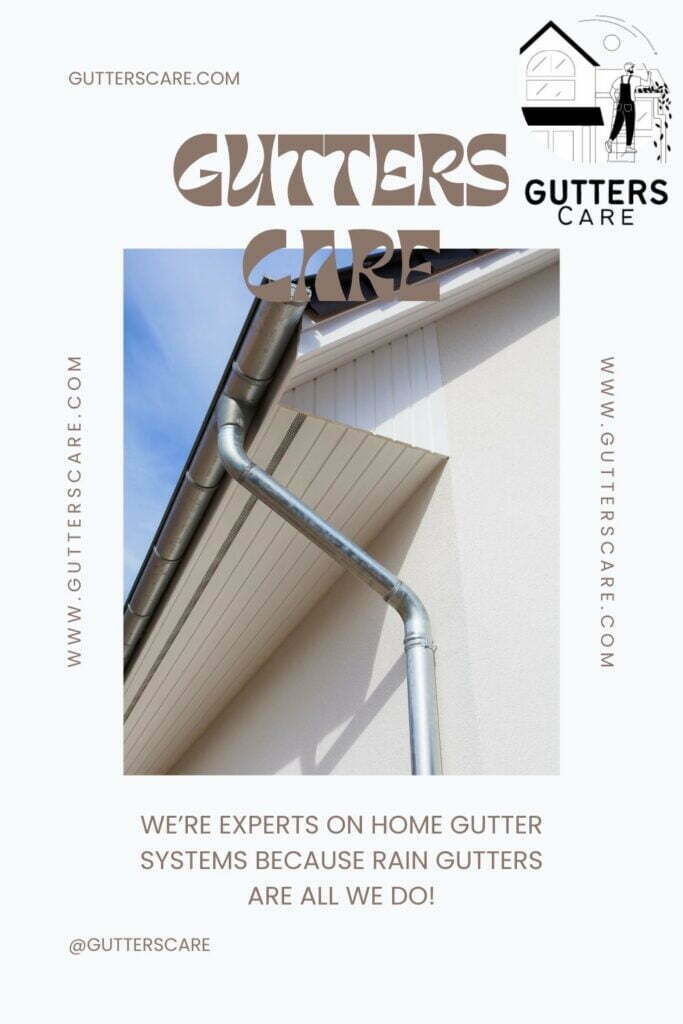Downspout Extensions: Ultimate Guide to Protecting Your Home from Water Damage
Downspout extensions are a simple and affordable way to protect your home from water damage. Learn everything you need to know about choosing, installing, and maintaining downspout extensions in this comprehensive guide.
Downspout extensions are a critical part of a well-functioning drainage system. They help to direct rainwater away from your foundation and prevent it from seeping into your basement or crawl space. Water pooling around your foundation can cause serious damage, including erosion, mold growth, and foundation cracks.
Downspout extensions can help to prevent these problems by carrying rainwater away from your home and into a safe disposal area.
- Types of Downspout Extensions
- Choosing the Right Downspout Extension
- Installing Downspout Extensions
- Maintaining Downspout Extensions
- Benefits of Downspout Extensions
- Important Information Regarding Downspout Extensions
- Overview of Downspout Extensions
- Types of Downspout Extensions Compared
- FAQ Section for Downspout Extensions
Types of Downspout Extensions
There are two main types of downspout extensions: above-ground and underground.
- Above-ground downspout extensions are the simplest and easiest to install. They are typically made of plastic or metal and can be easily attached to your existing downspouts. Above-ground downspout extensions can be run along the surface of the ground or buried just below the surface.
- Underground downspout extensions are more difficult to install, but they are also more durable and less visible. Underground downspout extensions are typically made of PVC pipe and are buried several inches below the ground. Underground downspout extensions can be connected to a storm drain or simply discharged into a safe disposal area.
Choosing the Right Downspout Extension
When choosing a downspout extension, there are a few factors to consider:
- Length: Downspout extensions should be long enough to carry rainwater away from your foundation. A good rule of thumb is to extend your downspouts at least 10 feet away from your foundation, but more is better.
- Material: Downspout extensions are typically made of plastic or metal. Plastic downspout extensions are lightweight and affordable, but they are not as durable as metal downspout extensions. Metal downspout extensions are more durable, but they are also more expensive.
- Durability: If you live in an area with heavy rainfall or snow, you will want to choose a durable downspout extension that can withstand the elements.
Installing Downspout Extensions
Installing downspout extensions is a relatively simple process. You will need a few basic tools, including a saw, a screwdriver, and a level.
To install an above-ground downspout extension, simply attach the extension to your existing downspout and run it to the desired location. You can use a variety of methods to secure the extension to the ground, such as stakes, concrete anchors, or landscape fabric.
To install an underground downspout extension, you will need to dig a trench from your downspout to the desired discharge location. The trench should be deep enough to bury the extension several inches below the ground. Once the trench is dug, install the extension and backfill the trench.
Maintaining Downspout Extensions
Downspout extensions require minimal maintenance. However, it is important to inspect them regularly for damage and clogs. If you notice any damage, repair it immediately to prevent further problems. You should also clean out your downspout extensions regularly to remove any debris that may have accumulated.
Benefits of Downspout Extensions
Downspout extensions offer a number of benefits, including:
- Prevent water damage: Downspout extensions help to direct rainwater away from your foundation and prevent it from seeping into your basement or crawl space. This can help to prevent water damage, mold growth, and foundation cracks.
- Improve drainage: Downspout extensions can help to improve drainage around your home. This can help to prevent flooding and erosion.
- Increase curb appeal: Downspout extensions can be used to create a more attractive and finished look for your home.
If you are looking for a simple and affordable way to protect your home from water damage, consider installing downspout extensions. Downspout extensions are easy to install and require minimal maintenance.
To purchase gutter guards from Amazon.com, click here.
Important Information Regarding Downspout Extensions
In addition to the information provided above, here are some additional things to consider about downspout extensions:
- Discharge location: It is important to choose a safe discharge location for your downspout extensions. Rainwater should be discharged into an area where it will not pool or cause flooding.
- Yard drainage: If your yard has poor drainage, you may need to install additional drainage features, such as a french drain or dry well, in conjunction with downspout extensions.
- Winterization: If you live in an area with cold winters, you will need to winterize your downspout extensions to prevent them from freezing and bursting. You can do this by draining the extensions and disconnecting them from your downspouts.
Overview of Downspout Extensions
Downspout extensions are an essential part of a well-functioning drainage system. They help to protect your home from water damage, improve drainage, and increase your home value.
Types of Downspout Extensions Compared
| Feature | Above-Ground Downspout Extensions | Underground Downspout Extensions |
|---|---|---|
| Type | Exposed on the surface of the ground | Buried below the surface of the ground |
| Material | Typically made of plastic or metal | Typically made of PVC pipe |
| Durability | Less durable than underground downspout extensions | More durable than above-ground downspout extensions |
| Installation Difficulty | Easier to install | More difficult to install |
| Visibility | More visible | Less visible |
| Cost | Less expensive | More expensive |
| Maintenance | Requires regular inspection and cleaning | Requires minimal maintenance |
| Benefits | Directs rainwater away from the foundation, prevents water damage, improves drainage | Directs rainwater away from the foundation, prevents water damage, improves drainage, more durable, less visible |
Additional Considerations
- Discharge location: Both above-ground and underground downspout extensions should be discharged into a safe location where rainwater will not pool or cause flooding.
- Yard drainage: If your yard has poor drainage, you may need to install additional drainage features, such as a french drain or dry well, in conjunction with downspout extensions.
- Winterization: If you live in an area with cold winters, you will need to winterize your downspout extensions to prevent them from freezing and bursting. You can do this by draining the extensions and disconnecting them from your downspouts.
Overall
Both above-ground and underground downspout extensions can help to protect your home from water damage and improve drainage. The best type of downspout extension for you will depend on your specific needs and budget.
If you are looking for a simple and affordable downspout extension, above-ground downspout extensions are a good option. They are easy to install and require minimal maintenance. However, they are not as durable as underground downspout extensions and they are more visible.
If you are looking for a more durable and less visible downspout extension, underground downspout extensions are a good option. However, they are more difficult to install and more expensive than above-ground downspout extensions.
Ultimately, the best way to choose the right downspout extension for you is to consult with a professional contractor.
FAQ Section for Downspout Extensions
Above-ground downspout extensions are exposed on the surface of the ground, while underground downspout extensions are buried below the surface of the ground. Above-ground downspout extensions are easier to install and less expensive, but they are also less durable and more visible. Underground downspout extensions are more durable and less visible, but they are also more difficult to install and more expensive.
The best type of downspout extension for you will depend on your specific needs and budget. If you are looking for a simple and affordable downspout extension, above-ground downspout extensions are a good option. If you are looking for a more durable and less visible downspout extension, underground downspout extensions are a good option.
Downspout extensions should be long enough to carry rainwater away from your foundation. A good rule of thumb is to extend your downspouts at least 10 feet away from your foundation, but more is better.
Downspout extensions are typically made of plastic or metal. Plastic downspout extensions are lightweight and affordable, but they are not as durable as metal downspout extensions. Metal downspout extensions are more durable, but they are also more expensive.
To install an above-ground downspout extension, simply attach the extension to your existing downspout and run it to the desired location. You can use a variety of methods to secure the extension to the ground, such as stakes, concrete anchors, or landscape fabric.
To install an underground downspout extension, you will need to dig a trench from your downspout to the desired discharge location. The trench should be deep enough to bury the extension several inches below the ground. Once the trench is dug, install the extension and backfill the trench.
Downspout extensions require minimal maintenance. However, it is important to inspect them regularly for damage and clogs. If you notice any damage, repair it immediately to prevent further problems. You should also clean out your downspout extensions regularly to remove any debris that may have accumulated.
Rainwater should be discharged into an area where it will not pool or cause flooding. You may want to consider discharging your downspout extensions into a storm drain, dry well, or rain barrel.
If you live in an area with cold winters, you will need to winterize your downspout extensions to prevent them from freezing and bursting. You can do this by draining the extensions and disconnecting them from your downspouts.












